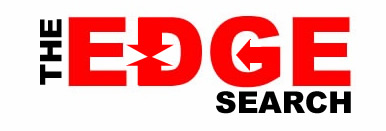South Africa’s inflation has been forecast to dip to 6.4% for the remainder of 2016, National Treasury said on Wednesday.
This comes after the Consumer Price Index (CPI) breached the upper limit of the 3% to 6% target band in the first half of 2016, mainly as a result of higher petrol and food prices.
Core inflation remained relatively flat and within the target band. In response to higher inflation and rising inflation expectations, the Reserve Bank has raised the rate at which it lends to commercial banks by 0.75 percentage points since January 1.
“The inflation forecast has been revised down to 6.4% for 2016 due to lower-than-expected electricity and import-price inflation. A further decline to 6.1 percent is expected in 2017.
“Inflation is expected to stay within the target band in 2018 and 2019.”
National Treasury said electricity price increases are forecast to average 9.1% per year over the period, with food inflation stabilising at 5.4% in the outer years.
“Rising unit labour costs, higher import-price inflation and inflation expectations are upside risks to the forecast.”
According to a Bureau for Economic Research survey, inflation expectations have consistently hovered around the high end of the target band over the past five years, feeding into wage demands and price increases.
The Andrew Levy wage settlement survey for the first half of 2016 shows an average wage increase of 7.7%, marginally lower than 7.8% in the first half of 2015, National Treasury said.
Households spending less
National Treasury said the growth in household spending decelerated to 0.8% in the first half of the year, from 1.7% in the same period in 2015.
It also said that growth in real household disposable income, which reached 2.2% in 2015, slowed to an annualised 0.7% in the first half of the year.
“Household net wealth fell to 386% of disposable income in the second quarter of 2016, compared with 391% a year earlier.
“In the first seven months of 2016, the Johannesburg Stock Exchange All Share Index was 1.7 percent lower than the corresponding period in 2015, reducing household wealth,” said National Treasury.
National Treasury said consumer confidence remains low and higher inflation has reduced household purchasing power.
Spending on durable goods has declined since the first quarter of 2015.
Credit extended to households remains subdued, as higher interest rates and tighter lending conditions discourage borrowing.
“In the second quarter of 2016, applications for credit fell by 18%, while the rejection rate remained relatively high, at 54.4%.
“The ratio of household debt to disposable income has eased to 75.1% of total disposable income from 77% a year before, but higher interest rates have raised pressure on discretionary spending.
“Household consumption expenditure is projected to rise by 0.6% in 2016, gradually rising to 2.3% in 2019, supported by lower inflation, wage growth and improved household balance sheets,” said National Treasury. – SAnews.gov.za

